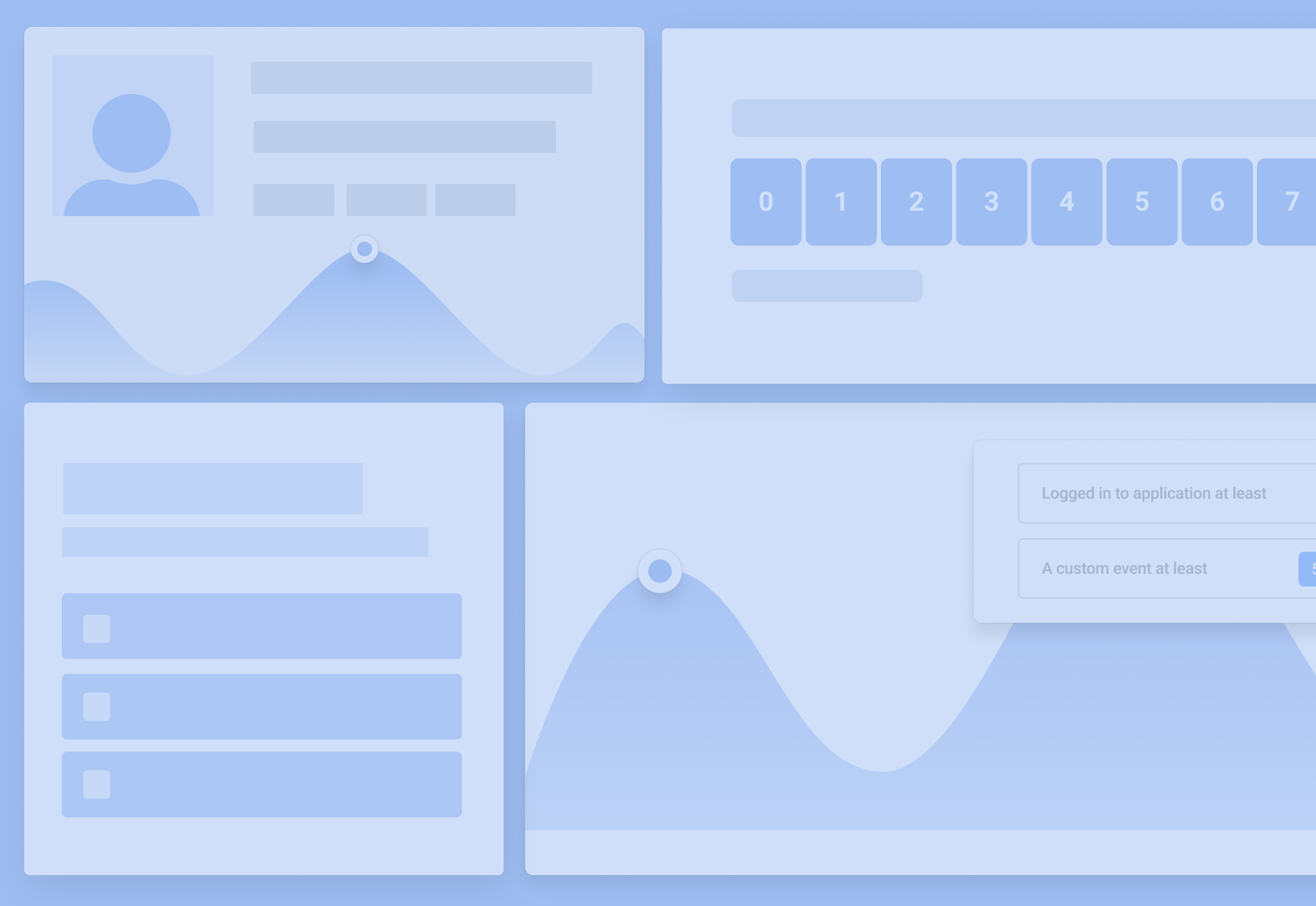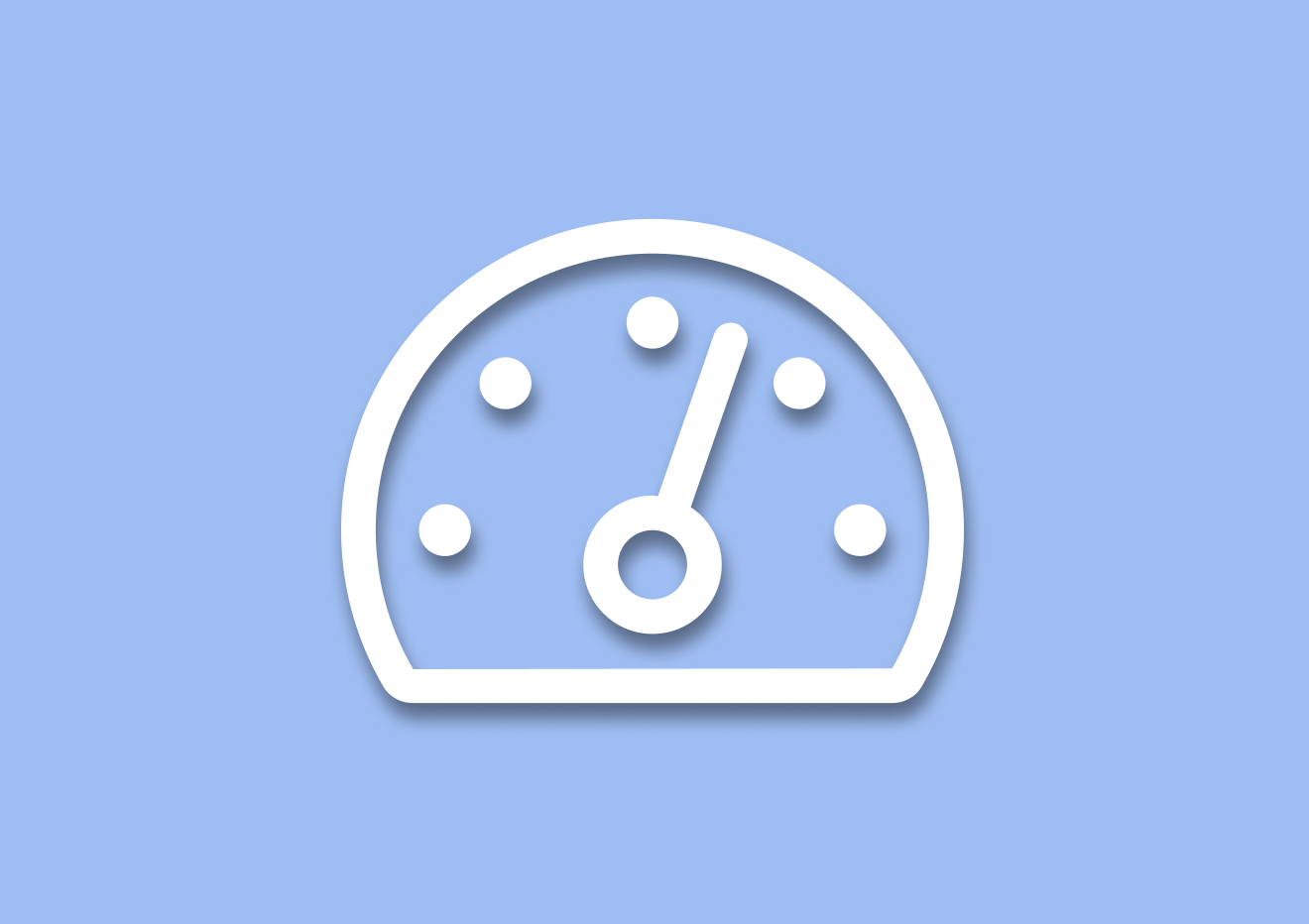How to Use NPS Scores
This post discusses how to use NPS scores to propel a company’s growth.
But before we get to that, I think I need to explain why I decided that we must tackle the issue.
You see, NPS has become a standard – but also, a bit of a buzzword. Almost every new company has tried (or thinks of trying) to run a net promoter score survey.
The problem? Well, based on my many interactions with business owners, marketers, and growth people, I’ve noticed that only a few have realized what they could actually use those NPS scores for.
It wasn’t much different for me too. I ran my first NPS campaign with a very simple goal, actually, and I am not ashamed to admit it.
I quickly discovered that there’s far more to it, though.
Because sure, it’s great to know whether customers find your product valuable and if they’d be eager to refer it. But does such insight give you much on its own?
Well, you’re about to find out. Before we get to that, though, let’s cover some basics.
What is NPS and How Does It Work
NPS – net promoter score (a registered trademark of Bain and co.) – is a question-based survey that helps evaluate the overall customer’s experience with a product or service. In its simplest form, NPS measures customer loyalty by assessing their willingness to recommend it to friends or colleagues.
What’s critical to remember about NPS is that the strategy does not focus on a singular experience with a company – like a purchase, for example. Instead, when collecting NPS scores, you evaluate the overall sentiment about a brand or specific aspects of its operations and can run the research across the entire customer journey.
A typical NPS campaign consists of two survey questions. The first one is the rating question, and its results form the basis of the company’s net promoter score.
It looks like this:

The other is a follow-up question that aims to uncover the person’s reasoning for giving their score.
The question can take many forms and inquire about different aspects of the score. It can inquire about the primary reasons for the score to get a sense of the logic behind the person’s answer.
But you could use it to dig deeper. Examples of such probing NPS questions include:
- “Why would you NOT recommend us?”
- “What could we have done differently to provide a better experience?”
- “What should we improve?”

All in all, the overall NPS results help split your customers into three groups – promoters, passives, and detractors.
The NPS data will also reveal how many are there among your users and whether your organic growth is in danger.
Why it’s important, though? Well, for one, because, for example, having too many detractors – unhappy customers – might result in lots of negative word of mouth about your brand. That, in turn, could jeopardize many of your marketing efforts and stall the company’s growth.
But on the other hand, NPS data can also help you improve customer satisfaction and lead to further referrals and recommendations.
For that, however, you must also understand your NPS scores and learn how to use them to drive growth.
A Quick Primer: How to Calculate the NPS Score
Now, most NPS software platforms, like Refiner, will calculate the score for you based on customer responses. However, I think it’s worth knowing how to calculate it on your own, even if only to understand where the figure is coming from.
So, the formula for calculating the NPS score is:

Let me give you a quick example of how this works. Let’s say that your company received 100 responses to the NPS survey.
- 60 of them scored you at the 9-10 range, making them Promoters
- 30 of the respondents turned out to be Passives, while
- 10 of the results fall within the detractor score (0-6)
Using the formula, we can calculate the NPS score as 50.
Here’s the calculation: (60-10)/100*100 = 50
But what can you do with that number? Well, let’s talk about that now.
How to Use NPS Scores to Boost Growth
Below, you’ll find seven ideas on how to use NPS scores in your company. Some of those ideas will deliver insights to drive new initiatives. Others will directly affect marketing and promotional activities.
So, let’s dig in.
#1. Identify Recurring Customer Issues with Your Product
Most of us look at customer service interactions for data on recurring problems and issues our customers face. And, for the most part, such interactions are a goldmine of insights.
Unfortunately, though, not every customer will reach out to a support team when facing an issue. Many will resort to reviewing a knowledge base or simply try to solve the issue on their own somehow.
And that may lead to a severe knowledge gap between you and the customer.
The NPS’ follow-up question offers you the opportunity to give the customer a voice and let them share their nagging issues or concerns with you.
#2. Fine-tune Product Development and Roadmap
NPS feedback can also improve the product and signal where to take the development next.
How come? Well, for one, what customers often see as a nagging issue might, in fact, be a great idea for a product iteration. For example, you may find users regularly complain about the two-screen login process. Such a project to reiterate the login process should end up in the roadmap.
Similarly, they might be mentioning confusion about specific features or even a lack of some functionality, and these could form great suggestions to review and potentially include in product development.
#3. Reduce Potential Churn
It goes without saying; churn is scary.
Losing customers, particularly if they’re not replaced with new users fast enough, could be detrimental to any business. On the other hand, retaining them for longer is a surefire way to faster growth and greater profitability.
NPS scores can alert you of a potential churn. Unhappy and upset customers will, most likely, leave negative feedback on the NPS survey. What’s more, they are likely to comment and explain their reasoning in the follow-up question.
This gives you two benefits:
- One, because you discover who your unsatisfied customers are. You can reach out to those people individually and help them reconcile those issues.
- And two, because you uncover the common reasons for the churn. Such knowledge empowers you to correct those and eliminate future churn, at least for those reasons.
#4. Leverage Promoters for Social Proof and Reviews
Of course, NPS scores will also identify your promoters – the most satisfied customers that you have. These people openly confirm how super happy with the product they are. In fact, they’re satisfied to the point of being very likely to promote and refer it to their peers.
And that’s something you could use to your advantage too. Here are just some suggestions on how to leverage promoters:
- Invite them to share information about your product with their peers. This could take the form of a referral program, or you can simply ask them for referrals.
- Ask those customers to write testimonials that you could include on the website, or
- Ask for their reviews on various software review platforms like G2Crowd, Capterra, or GetApp.
- Invite promoters to share their experiences as a case study.
#5. Upsell Customers
It’s hard to see it at first, but your sales teams could benefit from NPS scores too.
You see, in many cases, promoters – the most satisfied customers who’ve given you the highest scores – are prime targets for moving to higher packages or upselling with additional features.
Of course, the likelihood of them availing of the offer depends on various factors and your product.
It is, however, worth to try and recommend higher packages to promoters.
#6. Boost Customer Success
By its definition, NPS focuses on the overall customer sentiment towards a company or product. But as you’ve seen from the other examples and use cases, the survey can also provide quite a lot of insight into their challenges with your product.
You can learn about confusing functionality, or features that customers miss, and so on.
And needless to say, addressing those issues in product development can lead to greater customer success.
First of all, your users won’t be experiencing those issues anymore. And that one thing itself will contribute to their greater success with the product.
But addressing those issues will help you understand how customers use the product and where they might need help and support from you.
With such data, you can better train customer success teams and make them aware of the most common issues. You could also create a dedicated knowledge base focusing on those challenging areas and introduce many other initiatives to support customers.
The result, greater customer success and less churn.
#7. Track Customer Satisfaction Over Time
Finally, running NPS surveys continuously will help you evaluate your progress at increasing customer satisfaction.
You’ll be able to tell if you’re on the right track or whether you need new initiatives to boost satisfaction and loyalty.
It may seem like a small and insignificant benefit. However, in the long term, it can provide you with confirmation that the work you’ve been doing is bring the desired, positive effect.
Watch our NPS Best Practices Video
We’ve recorded a couple of videos about NPS. The second video covers a couple of additional tips on running a successful NPS campaign and leveraging NPS feedback.
Quick Recap
NPS is one of the most popular customer and market research tools. But its effectiveness goes beyond just evaluating how well you’re doing. In fact, an NPS score can help boost your company’s growth in many ways:
- Identify and fix recurring customer issues.
- Drive the product roadmap
- Reduce potential churn
- Upsell customers
- Boost referrals and social proof, and more.









